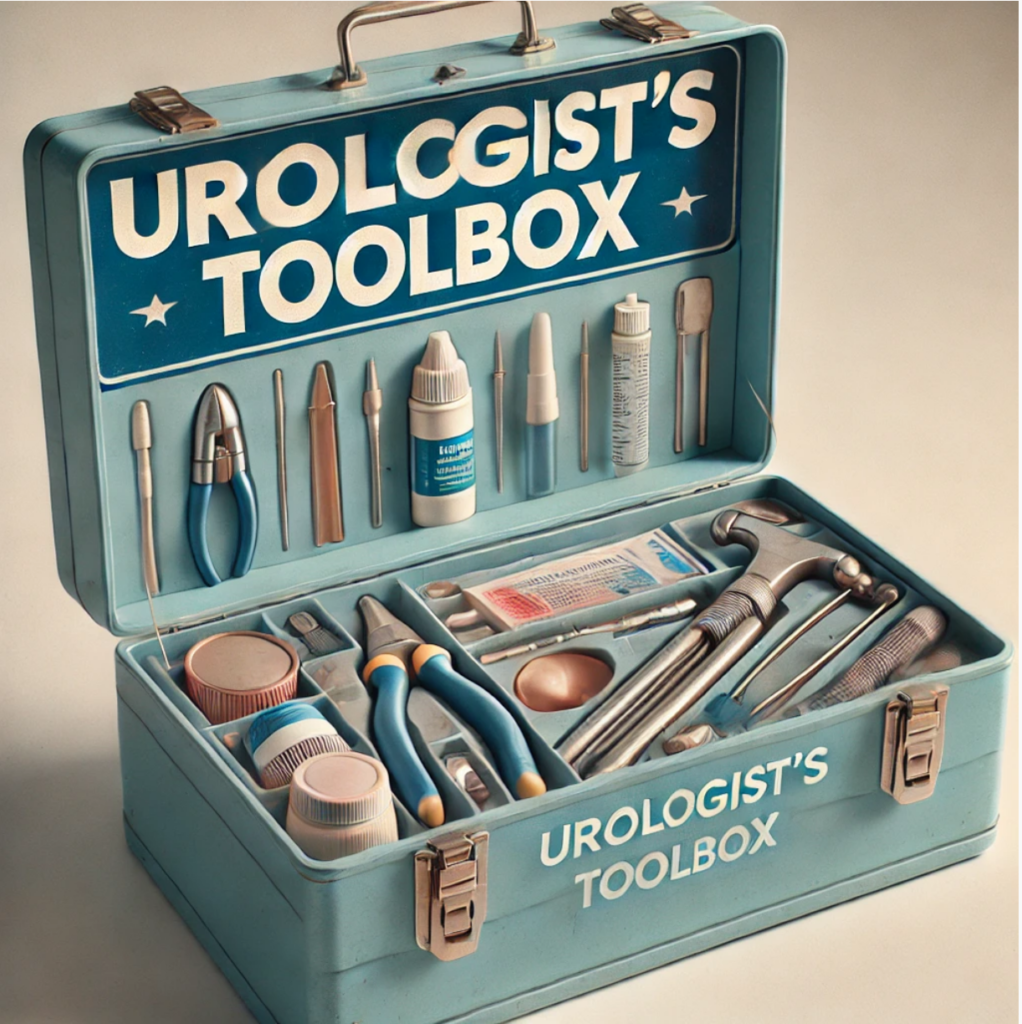
Erectile dysfunction (ED) affects millions of men across the U.S., often with a deep impact on quality of life and relationships. Traditional treatments—typically offered by urologists—can be helpful for many, but they don’t always get to the root cause. As a vascular surgeon specializing in ED, I frequently see patients who haven’t found success with standard therapies. That’s because ED is often more than a symptom; it’s a sign of underlying vascular disease.
This article explores the most common ED treatments and highlights what’s often missing from the conversation.
Common ED Treatments Offered by Urologists
Oral Medications (PDE5 Inhibitors)
Drugs like Viagra, Cialis, and Levitra work by increasing blood flow to the penis. While these medications are effective for many, about 50% of men don’t respond to them, often due to undiagnosed vascular problems. If you’ve tried these medications without success, it may be time to dig deeper.
Vacuum Erection Devices
These devices use negative pressure to draw blood into the penis, followed by a constriction ring to maintain the erection. While non-invasive, they can be awkward, uncomfortable, and often discourage intimacy due to their mechanical nature.
Intraurethral Alprostadil (MUSE)
MUSE delivers alprostadil into the urethra to increase blood flow. It’s an option for some, but for those with arterial blockages or venous leak, it may not work effectively. It can also cause discomfort or burning.
Intracavernosal Injection Therapy
This involves injecting prostaglandins directly into the penis. It’s effective, but many patients find it difficult to commit to regular injections due to pain, anxiety, or the risk of fibrosis (scarring).
Penile Prosthesis Surgery
When other treatments fail, a penile implant may be offered. While it can restore function, it’s irreversible and carries significant risks. If the implant fails or is removed, natural erections are no longer possible.
What’s Often Missing: A Vascular Evaluation
In many cases of ED, the underlying issue is vascular—either insufficient arterial inflow or venous leakage. Unfortunately, these root causes are frequently overlooked in traditional urology-focused care. Instead of exploring vascular assessments, the pathway often jumps from pills to implants.
As a vascular specialist, I use advanced imaging and diagnostic tools to assess blood flow to and from the penis. These insights help us treat the true cause of ED—whether it’s blocked arteries or veins that can’t hold blood—before resorting to invasive procedures.
Minimally Invasive Alternatives
- Stent Placement for Penile Arteries: Opens narrowed arteries and restores blood flow.
- Venous Leak Treatment: Minimally invasive procedures to seal leaky veins and preserve erections.
These options are available to men who haven’t responded to medications and want to avoid irreversible surgery.
Conclusion: Rethink Your ED Treatment Path
If traditional ED treatments haven’t worked, it may be time to ask: What’s really causing the problem? Don’t settle for a one-size-fits-all approach or rush into surgery without exploring the full picture.
At the Vascular Institute for Erectile Dysfunction, we help patients uncover the underlying causes of ED and offer modern, effective, and personalized treatments.
Schedule a consultation today to learn more about your options—and take control of your health and confidence.
— Dr. Khalil Masabni



